Text
My latest documentary for CBC Radio is an idea I've been working on for over a decade. The story of a cigar, from seed to roller, and what tobacco means to Cuban culture, history and society.
1 note
·
View note
Link
It begins...
Attention U.S. visitors to Cuba: Bring home all the Cuban rum and cigars you want.
The Obama administration announced Friday, a new round of executive actions designed to increase trade and travel with the communist island. And this is the one many Americans have been waiting for — no more restrictions on the island’s famed rum and cigars.
309 notes
·
View notes
Link
A rare look inside Cuba's new economy - a visit to Humidores Habana, the makers of some of the world's best and most fanciful humidors.
1 note
·
View note
Photo
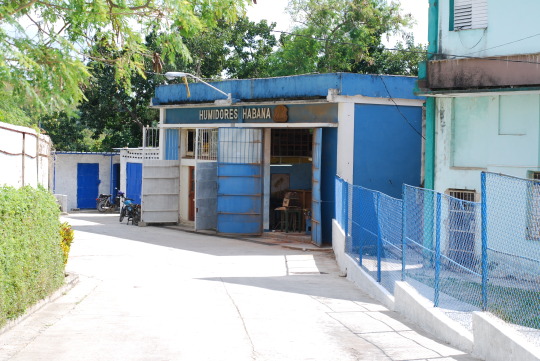



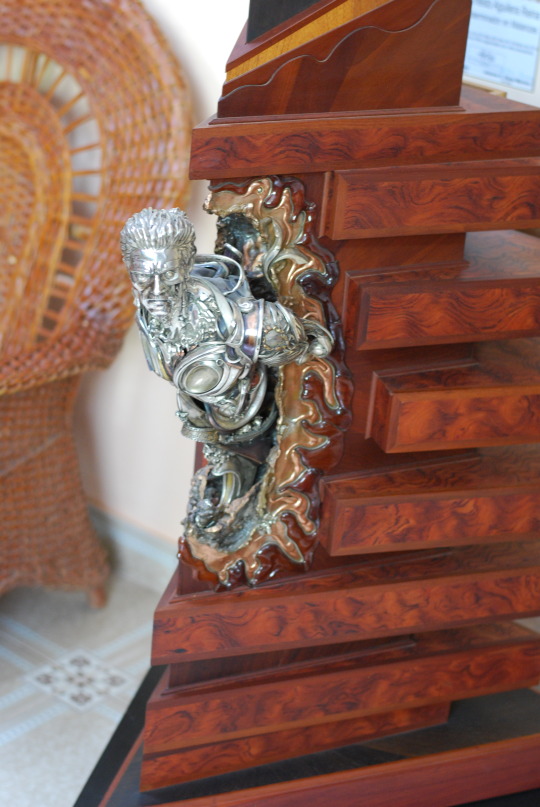



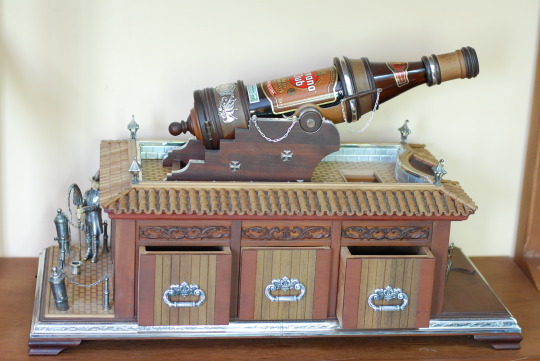
A view inside the workshop of Humidores Habana, plus some of their remarkable work, from my recent visit. Full report coming soon on radio and online.
#cuba#cigars#cuban cigar#cuban cigars#humidor#humidors#terminator#the terminator#arnold schwarzenegger#havana#humidores habana#H. Upmann
2 notes
·
View notes
Photo

My latest for UK Cigar Scene magazine: how the popularity of large cigars could mean an end to panatellas and lanceros.
0 notes
Photo

I'm very proud and honoured to have my article about Havana's last tailor featured in the inaugural issue of UK Cigar Scene magazine -necessary reading for all cigar lovers: http://www.ukcigarscene.com/
0 notes
Link
In a speech delivered at the White House, U.S. President Barack Obama outlined some steps his administration will be taking to normalize full diplomatic relations with Cuba, marking the most significant shift in U.S. policy toward the communist island in decades.
I can't even imagine how this might change Cuba in the near future. For the better, I sincerely hope.
5 notes
·
View notes
Photo





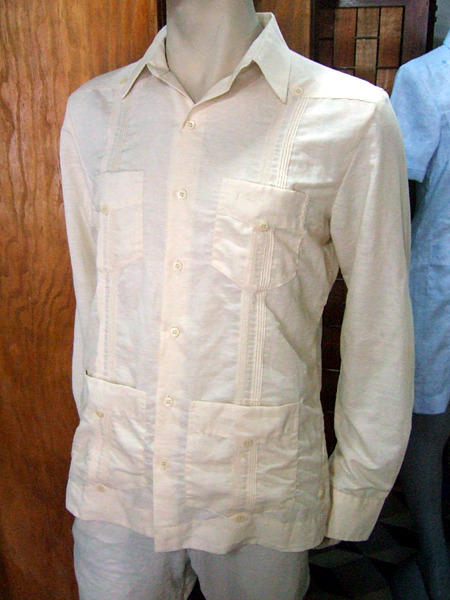

Emiliano Nelson - known simply as "Nelson" - is the only maker of custom guayaberas shirts in Cuba. They've been worn here for centuries, usually made of cotton or linen. And Nelson’s are among the best on the island, he believes, because they are unique, "I'm making the guayabera in my own style, with my own design. The lines and the patterns are more contemporary, a guayabera that has a more fitted look."
Like a lot of the other new entrepreneurs in Cuba, granted licences to operate small businesses by recent government reforms, Nelson does not face the challenge of demand. His shop at 22 Villegas, between Tejadillo and Empedrado in Old Havana, has plenty of customers. His challenge is supply. He tells me that he gets some fabric from Panama or Italy "but it's difficult to get". Plus, Cuba doesn't make its own linen and the local cotton is not to Nelson's standards.
There is no Cuban wholesale market for materials. Because of strict state controls, Nelson can't simply call up an overseas supplier and order bolts of fabric. He must rely on a slow and sometimes inefficient government bureaucracy to import on his behalf. One solution Nelson has found is to get friends to bring cloth into the country for him. He even resorts to the age-old tailoring tradition of having clients bring in their own supplies.
When it comes to his tools of the trade, Nelson's scissors are from the 1930s, his presses even older than that. The trick to surviving in Cuba, he says, is to get by with whatever you can find, in business or elsewhere - and he should know, he’s been at it for over 20 years.
He was allowed to start his business in the early 90s because of the artisanal and historic nature of his work. At the time, the shirts had almost died out in Cuba. Nelson became one of the country’s first private entrepreneurs and he never looked back.
"A couple of years ago the state made the guayabera the official attire of Cuba, the official dress for protocol and important events," Nelson tells me. "This has allowed the guayabera to go back to what it was in the past."
Now the guayabera is back in Cuba and Nelson a star. His customers include foreign celebrities like Danny Glover and Sting. He’s even made a shirt for Fidel himself.
Transforming a symbol of Cuba's economic past... into it's future.
Listen to this blog post:
128 notes
·
View notes
Text
Top 9 Ways to Know You're at an Authentic Cuban Restaurant
"3. You will savor the wonder of fried ripe plantains. So much so that you would be willing to eat them in a house with a mouse or on a boat with a goat but not with fresh cheese and cream."
1 note
·
View note
Photo

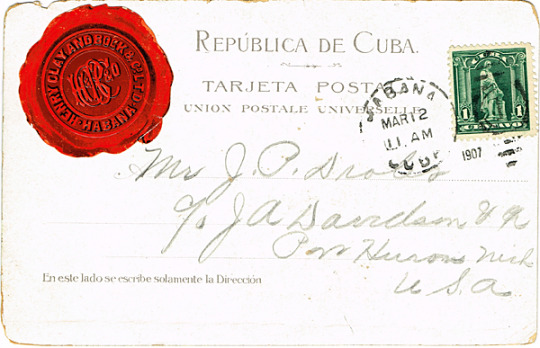
Postcard found at Detroit antique shop. Mailed from Havana on March 12, 1907. Shade tobacco is still grown this way in Cuba 107 years later.
1 note
·
View note
Video
youtube
Book trailer for THE OTHER SIDE OF PARADISE: LIFE IN THE NEW CUBA.
3 notes
·
View notes
Link
A story that I've long wanted to report on, the so-called "friendship prostitution" that goes on in Cuba, is very difficult to get. This documentary focuses on Canadian women and their love affairs with Cuban men. Less about sex tourism and more about relationships. Remarkable amount of access to people in Cuba.
0 notes
Photo


Tobacco production, early-mid 20th century
I found these two photos in the Plaza de Armas, Havana with no information attached. I don’t know where in Cuba they were taken or when. However, I do know what’s in them.
In the top photo, a man holds a huge bundle of dried tobacco leaves. They look like they’ve been through the initial fermentation stage.
After this fermentation, the leaves are stripped of their veins and sorted. Before that, they must be moistened so that they don’t tear or fall apart while being handled. You can see workers wetting the tobacco leaves in the second photo. One farmer told me they use a combination of rum, honey and boiled down tobacco stems to moisten the leaves. Perhaps he was being romantic because most sources will say it’s just water.
8 notes
·
View notes
Photo

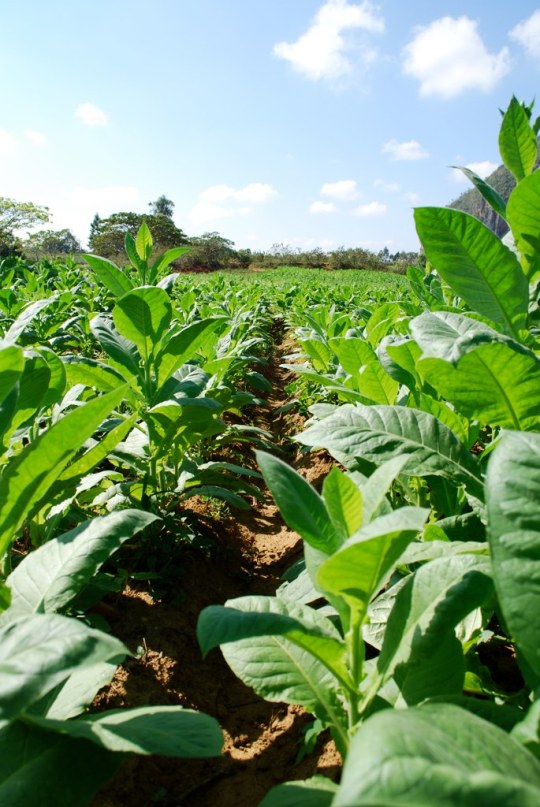


January 2014, tobacco plantation in the Vinales Valley, Cuba.
The tobacco plants spend about 40 days in the hot, Caribbean sun where they grow to a height of about 5 or 6 feet. During that time, one old farmer told me, each plant must be touched dozens of times. Mostly, the plants are being groomed, removing the little sideshoots that appear at the root of leaves. The work is slow, painstaking and all done by hand.
Once the plants are deemed ready, the harvest begins. First the bottom leaves are gathered, stripped by hand 3 at a time from each plant. Workers will spend hours on one field alone gathering up only these leaves, of the “volado” classification, which will be used in the binder and for combustion in the filler part of the cigar. After 7 days, in which the rest of the plant continues to grow, pickers harvest the remaining bottom layer of leaves. The middle, or “seco” leaves, which contribute much of the flavour to the cigar, are picked next about 3 days later. And finally, after another 3 days, the top, or “corona” leaves are picked. At this point, they have soaked up the most amount of sunlight and nutrients and are to become the strength of the cigar, the “ligero”. This long and laborious process is only the beginning of the cigar’s journey.
The leaves are then stitched together by hand, two at a time, and hung over wooden poles. The poles are suspended in tall drying houses, carefully constructed to regulate temperature and humidity. The leaves spend about 50 days in the tobacco house going from green to a lustrous and shiny brown, usually developing the patina of fine leather, but with the feel of silk. The drying process is not just about color; the leaves are being carefully cured.
74 notes
·
View notes
Video
vimeo
Enjoy this virtual trip to Havana, Pinar Del Rio and beaches of Cuba.
5 notes
·
View notes
Photo

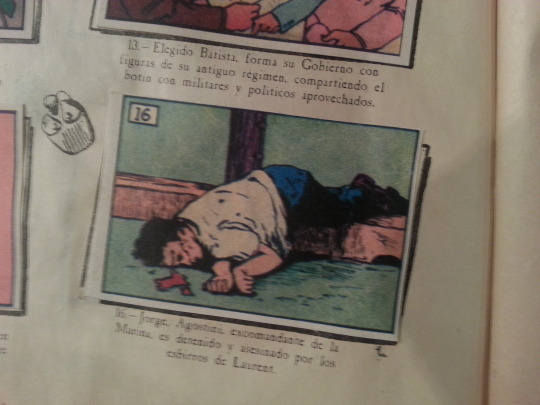
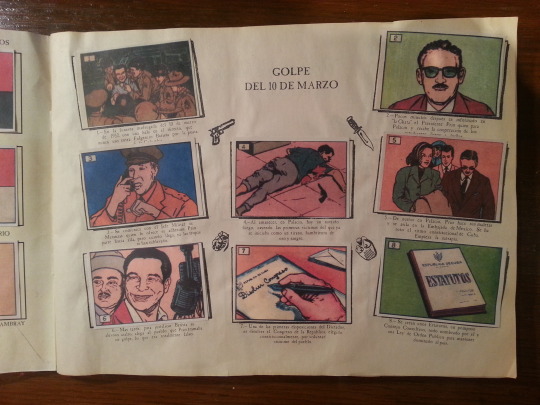
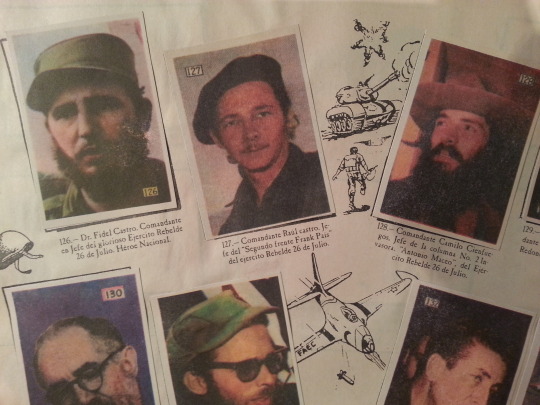
A good friend recently returned from Havana with this remarkable gift. Back in the 60s, good Communist kids would dutifully collect trading cards depicting key moments in the Revolution - including photos of the bearded ones - and glue them into this album. While the events depicted happened, the way they are framed is pure propaganda.
An amazing relic that seems to come from another time until you note, of course, that some of these people are still in power today.
8 notes
·
View notes
